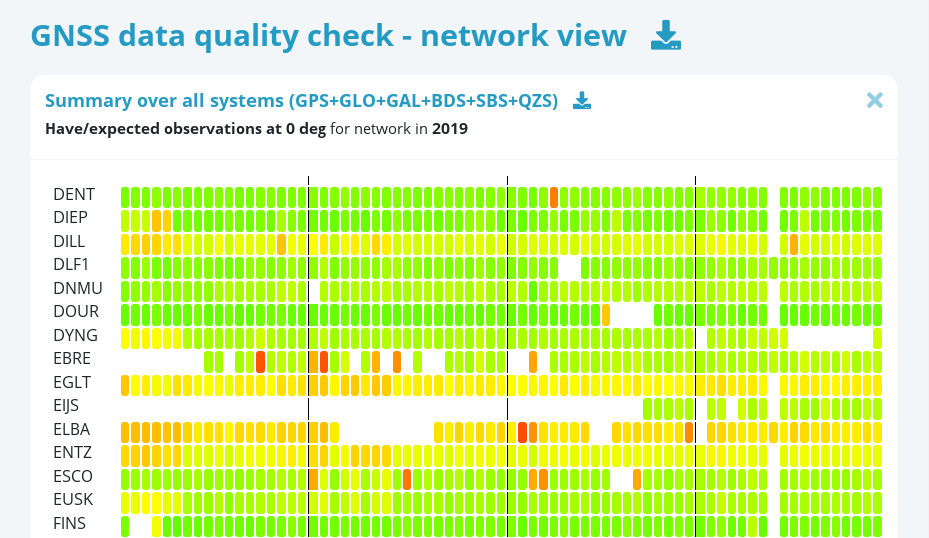Degraded quality of GNSS data observation represents an incorrigible error which should be identified as soon as possible. The Quality Control (QC) of the GNSS data is crucial for monitoring the performance of sensors, site environment and their changes in time. The knowledge of data quality and quantity is also useful prior data preservation, dissemination and utilization. The QC is eventually important for providing a feedback on data relevancy to the provider, and for providing a priori information for users interested in data analysis... (read more)







